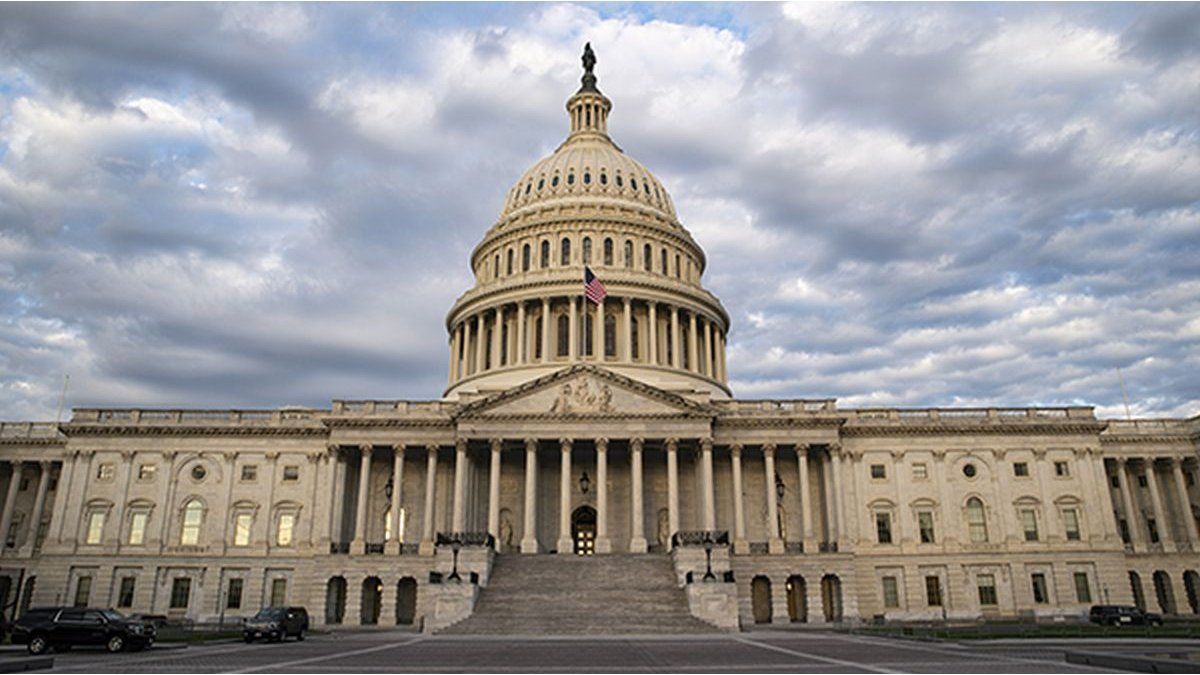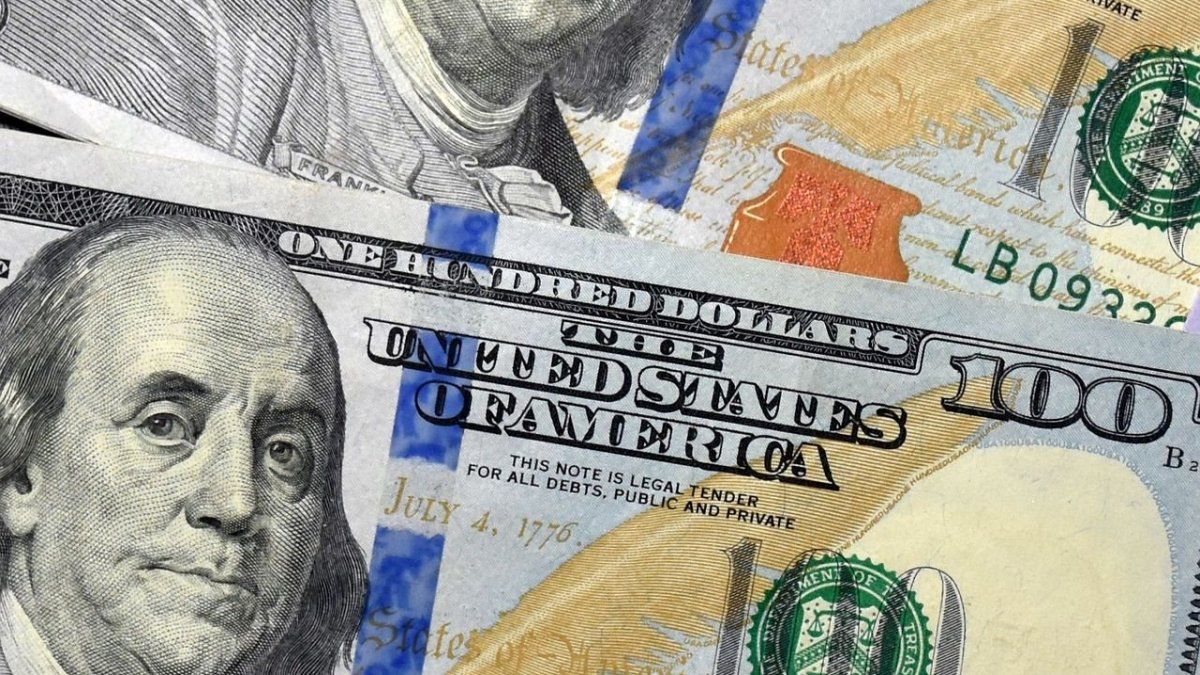At the end of last month the Treasury, in line with the anti-inflationary strategy, bet on the return of fixed rate instruments in pursuit of normalizing debt in local currency. Thus, it debuted with the issuance of a Capitalizable Letter in pesos maturing in January 2025 (Lecap S31E5), in order to capture the interest of investors who want to capitalize on expectations of falling inflation.
It should be noted that this bill generates interest that is paid at maturity along with the capital, so in operational terms it works almost the same as Fixed Rate Discount Bills (LEDes). The cut-off rate was, surprisingly, 5.5% effective monthly, that is, lower than the Repo rate of close to 7% and that of the Money Market FCIs and fixed terms close to 6%.
Financial market analysts expected that given the slowdown in the monthly inflation rate and the reduction in interest rates, a genuine demand would appear for fixed-rate instruments to the detriment of indexed ones, because the former gain attractiveness when inflation decreases because its returns increase in real terms.
Why is it important to have fixed rate instruments in the local market? Because they are a valuable source of information for analysts and investors, since they can compare them against those that adjust for inflation (CER) or by exchange rate (dollar linked) and thus collect the implicit expectations of the market regarding future inflation and the pace of devaluation.
What is the market saying or expecting then? Due to the future of the Lecap S31E5, which has been operating on the rise since last week, taking the monthly effective rate below 5%, along with the lower performance of the CER bonds, what the market seems to be putting into the prices is both the scenario of a new lowering of the Central Bank (BCRA) rates as an abrupt drop in the monthly inflation rate in the coming monthsaccording to the latest high frequency data from recent weeks.
This Thursday there would be a new Treasury tender since On Monday of next week, almost half a billion pesos of the Bond in pesos adjusted by CER 3.75% expires on the 14th (Q3X4). Perhaps, the Treasury will take the opportunity to advance the roll over of the month-end maturities of the TV24 (dollar linked) and TDA24 (Dual) bonds for about $2.7 trillion.
It must be kept in mind that the last rate cut was in the week of the exchange of 2024 bonds for a basket of Boncer zero coupon 2025-2028 and since then, for example, the CCL dollar cut half of the rise in nominal terms and is below in real terms. Therefore, 1816 analysts warn, another drop in the monetary policy rate cannot be ruled out to continue reducing BCRA liabilities in real terms and make financing to the Treasury cheaper. It is perhaps the market’s big bet, at this time while simultaneously awaiting the CPI data for March.
There are those who prefer indexed instruments or dollar linked
Of course, there are many skeptics who continue to prefer instruments indexed or linked to the official exchange rate. Because?
For example, Cohen analysts compared the new Lecap against the CER T2X5 Bond as of February 2025 and against the linked TV25 dollar Bond as of March 2025 and concluded that it stops to equal returns in the first case. Inflation between March and December should be 6.3% monthly averagea scenario that a priori looks very optimistic, while in the second case, the devaluation rate between April and March should be 5.2% monthly average.
In the case of expected inflation, behind it is the expectation that the deceleration will not be as rapid as market prices suggest today, due to the expectation of less robust fiscal results (for example, due to the new pension mobility formula), the reduction in the BCRA’s monetary contraction capacity, the delay in regulated prices and the sustainability of the devaluation rate of 2% monthly in the long term.
Regarding the expectation of devaluation, the projected path presents sustainability risks since this level of exchange appreciation is not compatible with the objective of reserve accumulation, in addition to the risk of exchange rate unification in the second semester.
Therefore, they consider that the new Lecap (5.5%) discounts the best possible scenario for 2024, where the inflation and devaluation paths will be successful, with prices marking a sustained deceleration towards the end of the year and a competitive exchange rate at despite the delay accumulated since December and the one that will come in the coming months, without considering latent risks, both economic and political.
For their part, the people of 1816 recognize that the appearance of the Lecap, unexpected in mid-December, reflects the improvement of financial conditions and shows that the high demand is due to an optimistic bet on disinflation and/or that the BCRA will continue its monetary policy of financial repression of stocks and very negative real rates to continue reducing excess money in the economy. However, they also believed that CER Bonds maturing in early 2025 have a more attractive risk-return ratio than Lecap.
Source: Ambito




